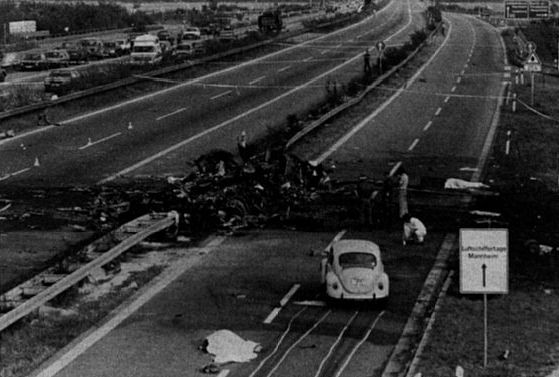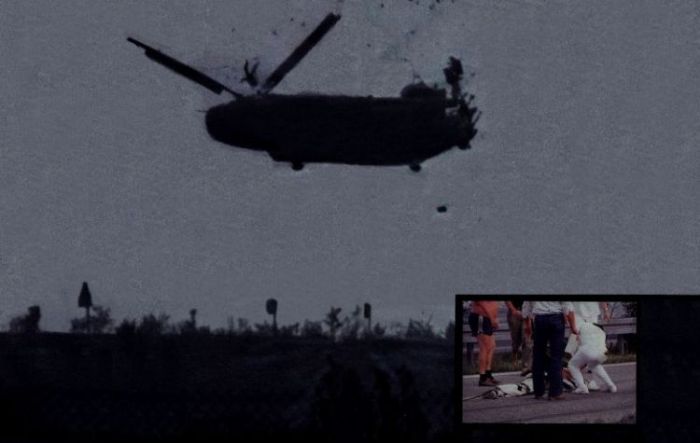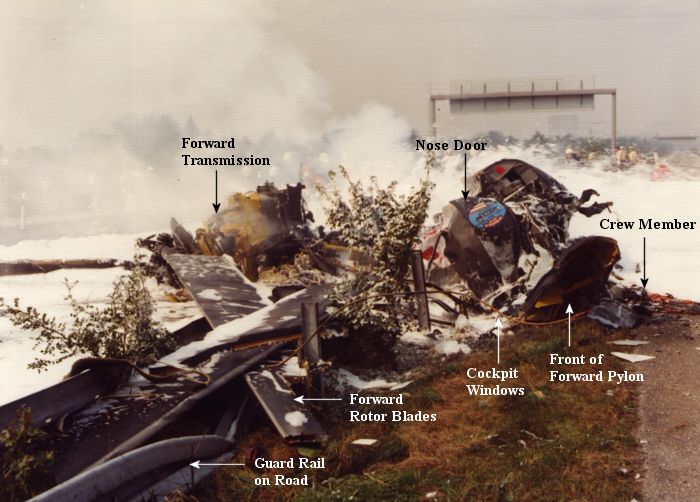if it does, add MB´s for all. THis might be design fault, but a secondary if at all:
http://www.ejection-history.org.uk/
USAF Ejections (5,446 Total)
1949-30 Sep 02
Fatals 959 17.7%
Survived 4,487 82.3%
Class A Ejection Statistics (01 Oct 01 - 30 Sep 02)
Number/Aircraft Survived Fatal Survived Fatal
8/F-16 6 0 0 2
3/A-10 0 1 0 1
1/B-1B 4 0 0 0
4/F-15 1 1 4 0
1/F-22 0 0 1 0
1/T-37 0 0 0 2
1/U-2 0 0 1 0
Aces II Ejection Rates (08 Aug 78 - 03 Sep 02)
Total Ejection 391
Survived Fatal
Aircraft Number Rate Number Rate
A-10 40 83% 8 17%
F-15 58 91% 6 9%
F-16 237 92% 20 8%
B-1B 19 95% 1 5%
F-117 2 100% 0 0%
Totals 356 91% 35 9%
A total of 12k+ lives saved world wide til today (MB alone counts for 7k+, NOTE that just in the last 8 years we had the same number of ejections s in the 53 !! years before, 5k+), today stats show 91% survival rate.
This would take care of the 6 widely recognized problems with the Osprey:
- 1. The V-22’s lack of an autorotation capability, or even a demonstrated all engine inoperative safe landing capability, remains cause for concern. V-22 fails to meet the ORD threshold requirement for a survivable emergency landing with all engines inoperative from a large portion of its operating envelope.
- 2- OV-22 flight characteristics in VRS (vortex ring state) are problematic for roll control and the aircraft is susceptible to un-commanded rolling as a result of saturation in the roll channel of the flight control system when the aircraft is operated into VRS. This aircraft response to VRS phenomenon is drastically different than that of any conventional helicopter.
- 3. The V-22 is prone to roll PIO (pilot-induced oscillation) in helicopter mode during high gain pilot tasks such as shipboard operations, precision hover in confined areas, or precision hover/landing in obscured visibility.
- 4. The V-22’s high vibratory loads, coupled with a very flexible structural design and complex hydraulic system, is problematic for hydraulic, electrical, and mechanical systems and is likely to lead to high failure rates for these systems. Many such failures have safety implications.
- 5. The V-22’s susceptibility to wake or tip vortices from other aircraft is problematic for roll control and can result in un-commanded rolling of the aircraft. At low altitude, this could lead to a loss of an aircraft.
- 6. The V-22’s high downwash velocity field has the potential to produce significant detrimental effects on hovering operations in desert environments or over water.
As I said, those have been recognized, analyzed and trained for since 5 yrs:
From g2mil.com (and I accept this mostly as gospel, sounds right from all I remember as ex aviator, highlighting by me):
[FONT=Book Antiqua, Times New Roman, Times]
In September 2004, a V-22 pilot attempted to reassure aviators that VRS was no longer an issue with an article in Naval Proceedings magazine. He didn't claim the problem has been solved, but that it is better understood. The V-22 test program had conducted several VRS tests at high altitude.
He noted: [/FONT] [FONT=Book Antiqua, Times New Roman, Times]
"During our testing, we experienced 12 roll-off events, 8 to the right and 4 to the left. The direction of roll off was not predictable from the cockpit. In fact, the cockpit characteristics approaching VRS were not as well defined as in single-rotor helicopters. We noticed a slight increase in vibration, rotor noise, and flight control loosening that would not in every instance foretell of an impending roll off. Each roll off, however, was characterized by a sudden sharp reduction of lift on one of the two proprotors, resulting in an uncommanded roll in that direction. We also noted that roll offs required nearly steady-state conditions to trigger them. Any dynamic maneuvering tended to delay or prevent a roll off from occurring. On many occasions, we entered the VRS boundary during dynamic maneuvers and then exited the boundary without encountering a roll off."[/FONT]
[FONT=Book Antiqua, Times New Roman, Times]
Warning systems have been designed to help pilots stay out of VRS, but pilots may ignore such devices in combat. Although pilots testing VRS easily regained control, they had plenty of altitude and focused exclusively on VRS. However, pilots flying operational missions will have a dozen other things on their mind and may not respond to VRS warnings for several seconds. And there will be no VRS warning from ground effect imbalances, high winds or wake and wing tip vortices from nearby aircraft.
As a simple example, if you are driving a test car to see how it handles during a tire blow out while rounding a corner, you will be prepared to handle that emergency and can "prove" it is not a problem. Yet if you are driving in the rain while looking at a map as children play in the backseat and a tire unexpectedly blows out while rounding a corner, you may lose control. [/FONT]
The latter qualifies as pilot error, either relieve him from the workload of map reading/kids control, or do not complain. Again, this is not a design failure, it is an inherent consequence of the concept, maybe (but I doubt it) badly addressed by 2ndary features.
Rattler



